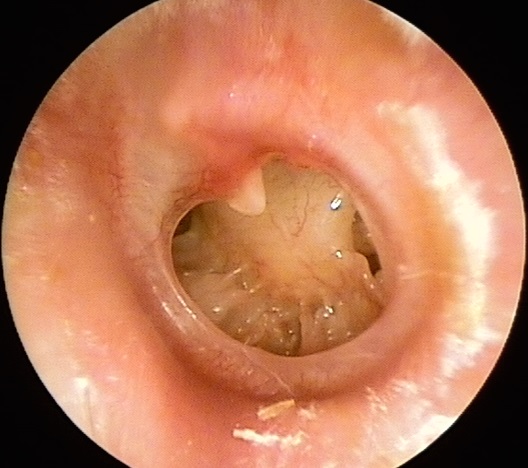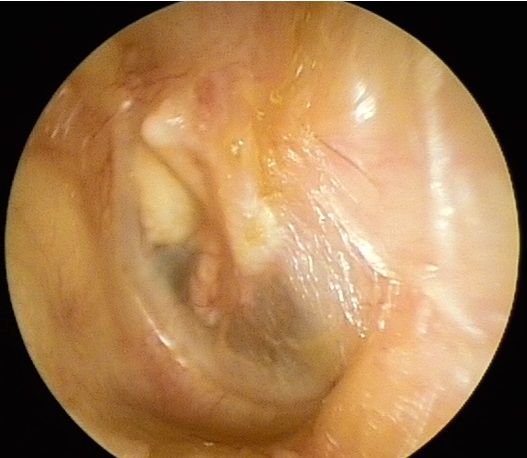Myringoplasty is a surgical procedure to repair a perforated eardrum. (Myringo = eardrum, plasty = to repair). It is also known as Tympanoplasty Type I.
Indication
A perforated eardrum may be caused by several factors such as middle ear infection or traumatic perforation of the eardrum. An otolaryngologist will advise for this procedure to be performed if the eardrum remains perforated after optimal medical therapy.
The aim of the surgery is to return the eardrum to its normal condition and to prevent recurrent infection and discharge from the middle ear. It may also help patient to improve their hearing in certain cases of conductive deafness. It can also be performed for patients with perforated ear drum planned for air conduction hearing aid.
Before deciding on surgery, hearing test is performed by an audiologist to ascertain the type and degree of hearing loss.
How Is The Surgery Performed?
The surgery is usually planned as an elective case, i.e. the patient is given an appointed date for the surgery. The surgery can be done under local or general anesthesia depending on the size of the perforation and patient’s age. In children and anxious patients general anesthesia is usually chosen.
The surgery is performed with microsurgical instruments and a microscope. The perforated eardrum can be approached directly through the ear canal or via skin incisions behind or in front of the pinna. The defect in the eardrum is then closed with a tissue graft. The tissue graft commonly used is temporalis fascia or tragal perichondrium harvested from the patient during the surgery. Other graft material sometimes used is the patient’s fat or cartilage. The skin incision is sutured and the ear canal is packed with medicated gauze to prevent the displacement of the graft. The procedure takes one to two hours.
The dressing is removed the day after surgery and the surgical site inspected. However, the packing in the ear is removed two to four weeks later. The patient is usually discharged the following day with painkillers and antibiotics. In cases done as a day care procedure, the patient is discharged on the same day of surgery.
What Are The Possible Complications Of The Surgery?
In most cases, the procedure is uncomplicated. However there is a small risk of complications such as:
- Facial nerve injury
- Hearing loss
- Bleeding
- Dizziness ,vertigo, nausea or vomiting
- Altered taste sensation
- Pain
- Wound infection and breakdown. This can cause pain and discharge from the operated ear.
- Tinnitus
- Allergic reaction to the ear-packing causing pain and swelling of the ear.
- Numbness around the operated site. This is usually transient and recovers after a few months.
Post Operative Care
Patients are advised to avoid activities that may affect pressure changes in the middle for two months. These include straining, sporting activity, sneezing and air travel. Patients are also advised to keep the operated ear dry during the recovery period.
The ear will feel blocked for 2 to 4 weeks due to the packing material and blood clots. Slight bloodstained discharge may be present for 1 to 2 weeks. This can be cleared with a cotton ball.
The sutures are removed after a week while the pack is usually kept for 2 weeks. Most patients will be able to return to work after 1 to 2 weeks after the operation and are advised to avoid strenuous physical activity.
 |
| Perforated tympanic membrane |
 |
| Healed tympanic membrane two months following myringoplasty |
| Last Reviewed | : | 24 July 2017 |
| Writer / Translator | : | Dr. Zulkiflee b. Salahuddin |
| Accreditor | : | Dr. Faridah bt. Hassan |







